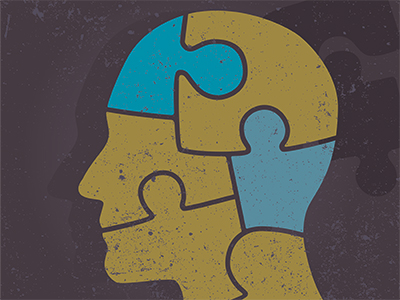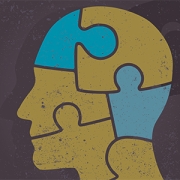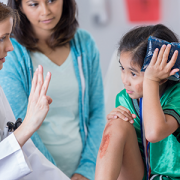Extended rest might not always be best after a concussion

An early return to school may be associated with faster concussion recovery.
Contrary to popular belief, rest may not always be the best cure after a concussion, a new study published in JAMA Network Open finds. In fact, an early return to school may be associated with a lower symptom burden after suffering a concussion and, ultimately, faster recovery.
“We know that absence from school can be detrimental to youth in many ways and for many reasons,” says Christopher Vaughan, Psy.D., neuropsychologist at Children’s National Hospital and the study’s lead author. “The results of this study found that, in general, an earlier return to school after a concussion was associated with better outcomes. This helps us feel reassured that returning to some normal activities after a concussion – like going to school – is ultimately beneficial.”
In this cohort study, data from over 1,600 youth aged 5 to 18 were collected across nine pediatric emergency departments in Canada. Because of the large sample size, many factors associated with greater symptom burden and prolonged recovery were first accounted for through the complex statistical approach used to examine the data. The authors found that an early return to school was associated with a lower symptom burden 14 days post-injury in the 8 to 12 and 13 to 18-year-old age groups.
“Clinicians can now confidently inform families that missing at least some school after a concussion is common, often between 2 and 5 days, with older kids typically missing more school,” Dr. Vaughan says. “But the earlier a child can return to school with good symptom management strategies and with appropriate academic supports, the better that we think that their recovery will be.”
The findings suggest that there could be a mechanism of therapeutic benefit to the early return to school. This could be due to:
- Socialization (or avoiding the deleterious effects of isolation).
- Reduced stress from not missing too much school.
- Maintaining or returning to a normal sleep/wake schedule.
- Returning to light-to-moderate physical activity sooner (also consistent with previous literature).
Children’s National has been a leader in clinical services and research for youth with concussion, most notably through its Safe Concussion Outcome Recovery & Education (SCORE) Program. Given the multitude of other factors that can be expected to influence when a child returns to school after a concussion – including injury severity, specific symptoms, and pre-injury factors – a large sample size and complex statistical analytic approach was required. Future randomized clinical trials and other research can help determine the best timing for a student to return to school after suffering a concussion.











